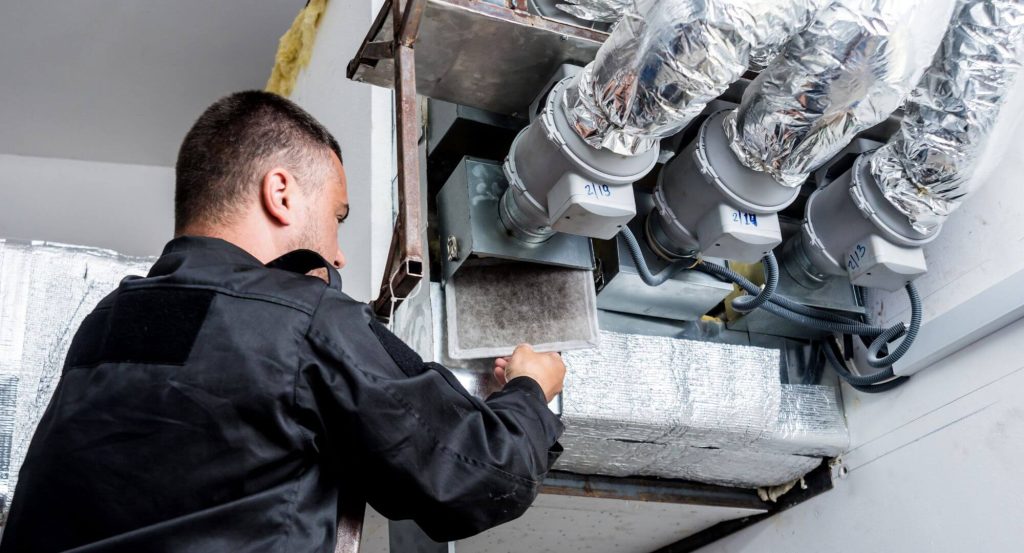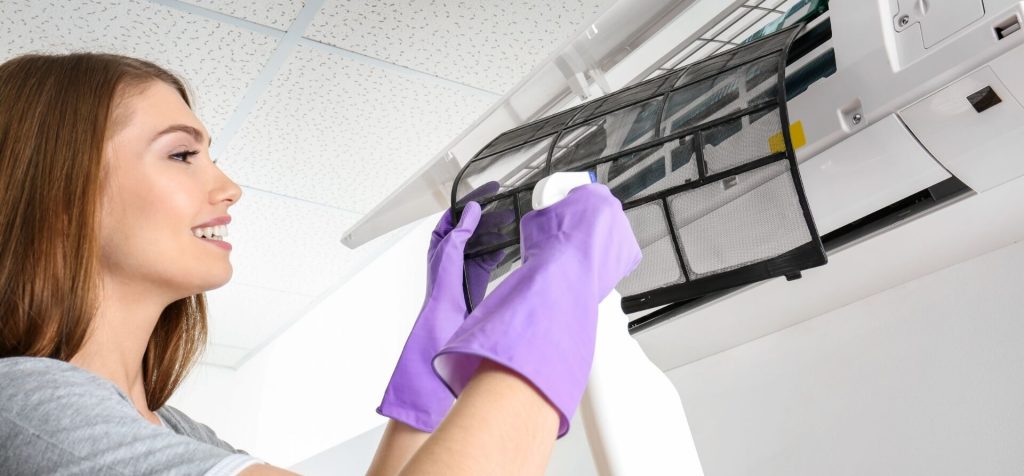Ants and termites are sometimes mistaken for each other. However, they are very different insect groups. Several key features help to identify them correctly.
Antennae
- Ants: Elbowed.
- Termites: Simple string of bead-like segments.
Eyes
- Ants: Compound eyes present.
- Termites: No eyes.
Waist (called a pedicel, found between thorax and abdomen)
- Ants: Present.
- Termites: Absent.
Abdomen
- Ants: Pointed at end.
- Termites: Blunt at end.
Castes
Both ants and termites can be divided up into several ‘castes’, which depend upon their roles in the colony.
- Workers
- Ants: Sexually undeveloped females.
- Termites: Sexually undeveloped males and females.
- Soldiers
- Ants: Are workers and may have dual role.
- Termites: Sexually undeveloped males and females. There are two possible body forms: mandibulate (jawed) and nasute (long-nosed), depending on species.
- Reproductives (winged)Both ants and termites can have a winged stage in their reproductive cycle.
- Ants: Fore/hind wings unequal, strongly veined
- Termites: Fore/hind wings equal, no obvious veins
Life cycle
- Ants: Complete metamorphosis: egg, larva, pupa, adult
- Termites: Incomplete metamorphosis: egg, nymph, adult (no pupal stage)
Diet
- Ants: ants are scavengers, with different species foraging for different foods. Some ants live within damp/decaying wood, but do not actually eat the wood.
- Termites: termites are plant tissue specialists, feeding on wood and grasses, and some species can cause extensive damage to buildings and trees through their feeding and nesting habits.
Scientific classification
- Ants: Order Hymenoptera, Family Formicidae
- Termites: Order Isoptera, several families



